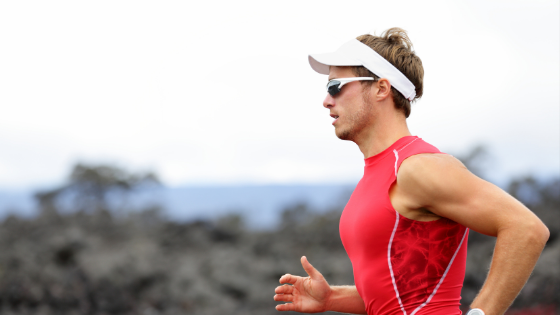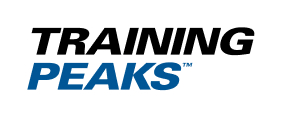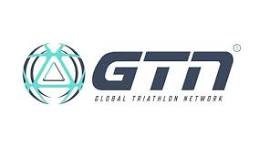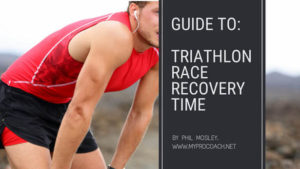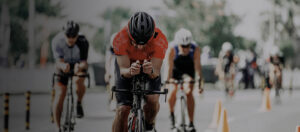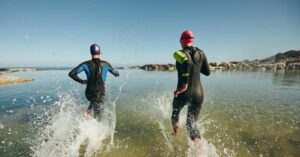Looking to take on an IRONMAN 140.6?
Here’s how to understand the age-groups and, who knows, maybe even qualify for the IRONMAN World Champs in Hawaii.
At the IRONMAN World Championships in Hawaii back in 2019, before the Covid pandemic swept over the planet, Germany’s Jan Frodeno won the men’s race in 7:51:13. His countrywomen Anne Haug won the women’s race in 8:40:10. Both incredible times to cover a 3.8km swim, 180km bike and 42.2km run. Thankfully, this elite peak of the IRONMAN pyramid is a narrow one.
For recreational – aka age-group – triathletes, the base is a much broader one and the times are more befitting committed athletes who balance triathlon and work, with the cut-off time for an IRONMAN 140.6 being set at an achievable 17 hours for both men and women.
Recreational triathletes are also split into age-group categories to level the playing field. But what are the categories? It’s a popular question asked by beginners, so here they are (note: you race in the IRONMAN age group that reflects your age on 31st December of that calendar year)…
- Women’s age-group: 18-24
- Women’s age-group: 25-29
- Women’s age-group: 30-34
- Women’s age-group: 35-39
- Women’s age-group: 40-44
- Women’s age-group: 45-49
- Women’s age-group: 50-54
- Women’s age-group: 55-59
- Women’s age-group: 60-64
- Women’s age-group: 65-69
- Women’s age-group: 70-74
- Women’s age-group: 75-79
- Women’s age-group: 80-84
- Women’s age-group: 85-89
- Women’s age-group: 90-plus
- Women’s pro
- Men’s age-group: 18-24
- Men’s age-group: 25-29
- Men’s age-group: 30-34
- Men’s age-group: 35-39
- Men’s age-group: 40-44
- Men’s age-group: 45-49
- Men’s age-group: 50-54
- Men’s age-group: 55-59
- Men’s age-group: 60-64
- Men’s age-group: 65-69
- Men’s age-group: 70-74
- Men’s age-group: 75-79
- Men’s age-group: 80-84
- Men’s age-group: 85-89
- Men’s age-group: 90-plus
- Men’s pro
- PC (physically challenged). This is an open division available to athletes with a medically verified visual impairment or a medically verified physical or neurological impairment that significantly limits one or more “major life activities”.
WHAT TO EXPECT FOR YOUR AGE
So, you know your IRONMAN age group, but what next? Well, there are countless full IRONMAN events around the globe. But, you can’t underestimate the challenge of the behemoth that is long-course triathlon. It’s tough, takes dedication and constant self-assessment to ensure you grow in strength and don’t overtrain.
If you manage to hit this sweetspot between training, recovery and adaptation, well, you could fast-track your way through the IRONMAN age-group qualifiers and who knows – you could soon be lining up with the world’s best at Kailua Bay, Hawaii, for the IRONMAN World Championships.
If you do, how competitive your age group will be is often a numbers game. To that end, analysis by Russ Cox into age-group participation at the 2019 IRONMAN World Championships threw up some interesting statistics…
- Numbers were slightly down in the under-40 and over-60 categories with an increase between 40 and 60 years old.
- The greatest increase came in the 50- to 60-year-old categories.
- Middle-aged men are arguably in the most competitive categories with around 70% of the men’s field over 40. That figure was closer to 50% in 2005.
- It’s a similar story in the women’s field with increasing numbers in the 40-plus categories, rising from 48% in 2005 to 63% in 2019.
This theme of participation and performance also featured in the International Journal of General Medicine where a team of researchers led by Michael Stiefel of Zurich University analysed the performances, age and gender of finishers at IRONMAN Hawaii and its qualifying races in 2010.
The team set about their own feat of endurance by examining the results and details of 41,367 athletes including 1,847 who competed in Kona. Of that number, 39,518 athletes crossed the Ironman finish line of whom 7,480 were women and 32,038 were men.
